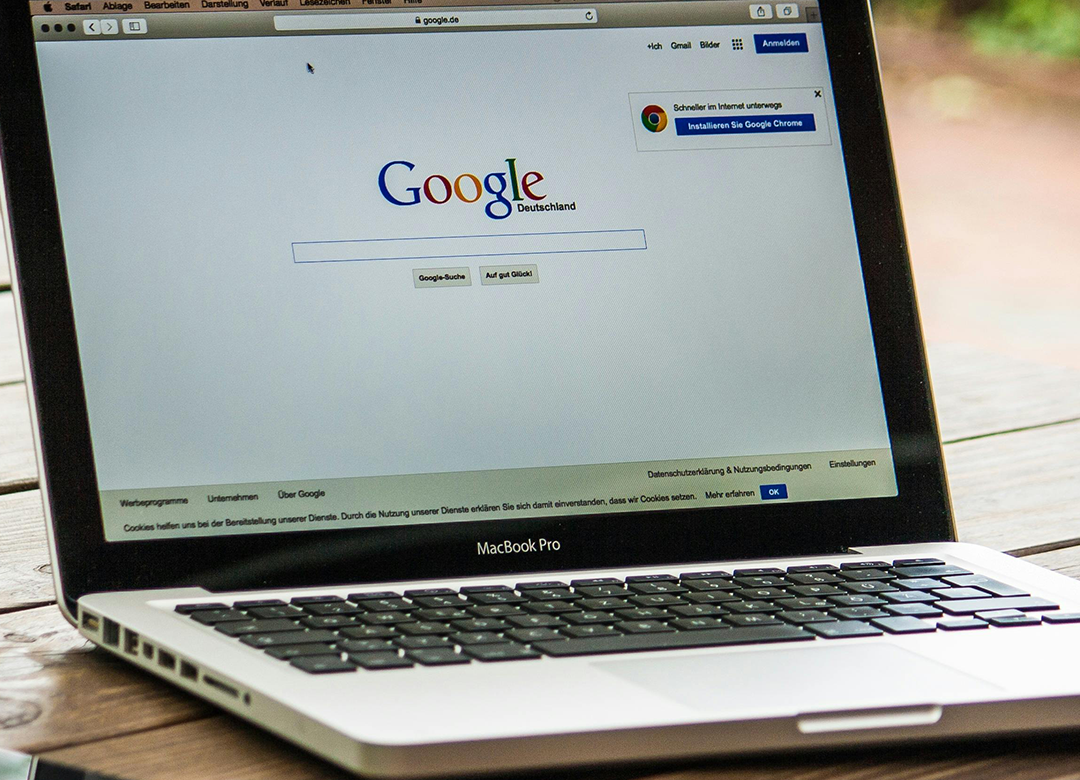How Social Media Automation Increases Efficiency
In today’s digital-driven world, social media has become a cornerstone of modern business strategy. Whether you’re a small business owner or a seasoned digital marketer, managing social media platforms effectively can be a daunting task. The need to create captivating content, post consistently across multiple platforms, engage with followers, and analyze performance can be overwhelming when done manually. Enter social media automation—a transformative approach that leverages technology to streamline processes and maximize efficiency. By automating repetitive tasks, businesses can save time, reduce errors, and ensure a continuous online presence. Social media automation empowers teams to focus on meaningful engagement and strategic planning rather than getting bogged down with mundane tasks. In this comprehensive guide, we’ll explore how social media automation works, its benefits, and how it can elevate your overall marketing strategy. With the right tools and techniques, automation can become your ultimate ally in staying competitive in a fast-paced digital marketplace.
What Is Social Media Automation?
Social media automation refers to the use of software tools to automate repetitive tasks involved in maintaining social media channels. These tasks might include scheduling posts, monitoring hashtags, analyzing engagement metrics, and even responding to customer inquiries. By utilizing automation, businesses can ensure a steady stream of content and engage with their audience without the constant need for manual intervention.
One of the most significant advantages of automation is its ability to handle posting across multiple platforms simultaneously. Instead of manually uploading unique posts to Facebook, Twitter, Instagram, LinkedIn, or other platforms, you can use tools like Buffer, Hootsuite, or Sprout Social to schedule posts well in advance. Additionally, platforms such as HubSpot offer integrated marketing solutions that pair social media automation with email campaigns and customer relationship management (CRM) tools for a more comprehensive strategy.
Beyond scheduling, many automation tools also utilize artificial intelligence (AI) to analyze audience behavior and suggest optimal posting times, content formats, and hashtags. This ensures that every post reaches the right audience at the right time, increasing its visibility and impact. AI-powered automation can also streamline customer interactions. For example, chatbots can handle frequently asked questions, direct users to relevant resources, or even process simple transactions, all in real-time.
Another invaluable aspect of social media automation is performance tracking and analytics. Tools like Google Analytics, SocialBee, and SEMrush Social Media Tracker allow businesses to monitor campaign performance and gather actionable insights. These insights help refine future campaigns by identifying what works and what doesn’t, thereby optimizing ROI.
Benefits of Social Media Automation
The benefits of social media automation are both extensive and transformative. For starters, automation significantly saves time by eliminating repetitive tasks. With tools available for bulk scheduling, marketers can plan an entire month’s worth of posts in a single afternoon. This allows smaller teams to accomplish more without compromising quality.
Another major advantage is data-driven decision-making. Automation tools provide detailed analytics and reporting features that go beyond simple likes and shares. Metrics like audience demographics, peak activity periods, and engagement rates enable businesses to fine-tune their strategies for maximum effectiveness. Understanding what resonates with your audience ensures that your marketing dollars are spent wisely.
Automation also enables scalability, making it easier for businesses to manage multiple profiles across different networks. Whether you’re working within a multi-location franchise or overseeing several brands, automation tools can centralize these efforts into a seamless workflow. Furthermore, these tools ensure consistency in the brand’s voice. Automated scheduling allows for steady communication, even during weekends or holidays, ensuring that your audience remains engaged without interruption.
Another lesser-discussed benefit is error reduction. Imagine the chaos of missing a crucial post or publishing an incoherent message due to human error—scenarios that automation can prevent. By introducing standardized workflows, social media automation reduces the likelihood of mistakes, thereby safeguarding your brand’s reputation.
However, it’s essential to strike a balance. Overusing automation can sometimes lead to impersonal interactions, diminishing the authenticity of your brand. Automated responses must still feel human-like, and it’s crucial to leave room for real-time, personalized engagement. When used thoughtfully, automation complements human creativity, enabling marketers to focus on crafting new strategies, developing creative campaigns, and building stronger relationships with their audience.
Top Tools for Social Media Automation
Choosing the right automation tool is an essential step in ensuring the success of your social media strategy. Given the plethora of available tools, businesses must evaluate their specific needs to select the best fit. For example, Hootsuite offers an all-in-one solution for scheduling, analytics, and even sentiment analysis. If you’re looking for a simpler tool to handle only scheduling, Buffer might be a more cost-effective option.
Sprout Social stands out for its customer relationship management features, making it an excellent choice for businesses that prioritize user interaction. On the more advanced end, platforms like HubSpot Social allow brands to integrate their social media efforts with broader marketing strategies, including email campaigns and SEO initiatives. Specialized tools like Later are geared toward visually driven platforms like Instagram, helping users optimize visuals and schedule carousel posts.
AI-driven options such as ChatGPT and Reply.io offer personalized engagement through chatbot automations, catering to users 24/7 and collecting valuable data during interactions. Whether you’re a large enterprise or a small business, there’s an automation tool tailored to your unique needs.
Best Practices for Implementing Social Media Automation
While social media automation offers numerous benefits, its effectiveness lies in proper implementation. Start by defining your goals—whether these are increased brand awareness, higher engagement rates, or better lead conversions. Understand your audience demographics and choose tools that cater specifically to those needs.
Prioritize consistency without overloading your audience. A good rule of thumb is to maintain a steady posting schedule without inundating followers with excessive content. Additionally, review automated content periodically. Scheduling weeks in advance doesn’t mean revisiting the strategy isn’t necessary; marketing trends and audiences’ preferences can change rapidly.
Lastly, leave room for real-time interactions. While automation can handle a majority of tasks, nothing beats human engagement when it comes to building genuine relationships. Allocate time for responding to audience comments, hosting live Q&A sessions, and showing appreciation for customer loyalty.








